Hausa Traditional Attire for Male: The Rich Heritage of Hausa Men’s Fashion
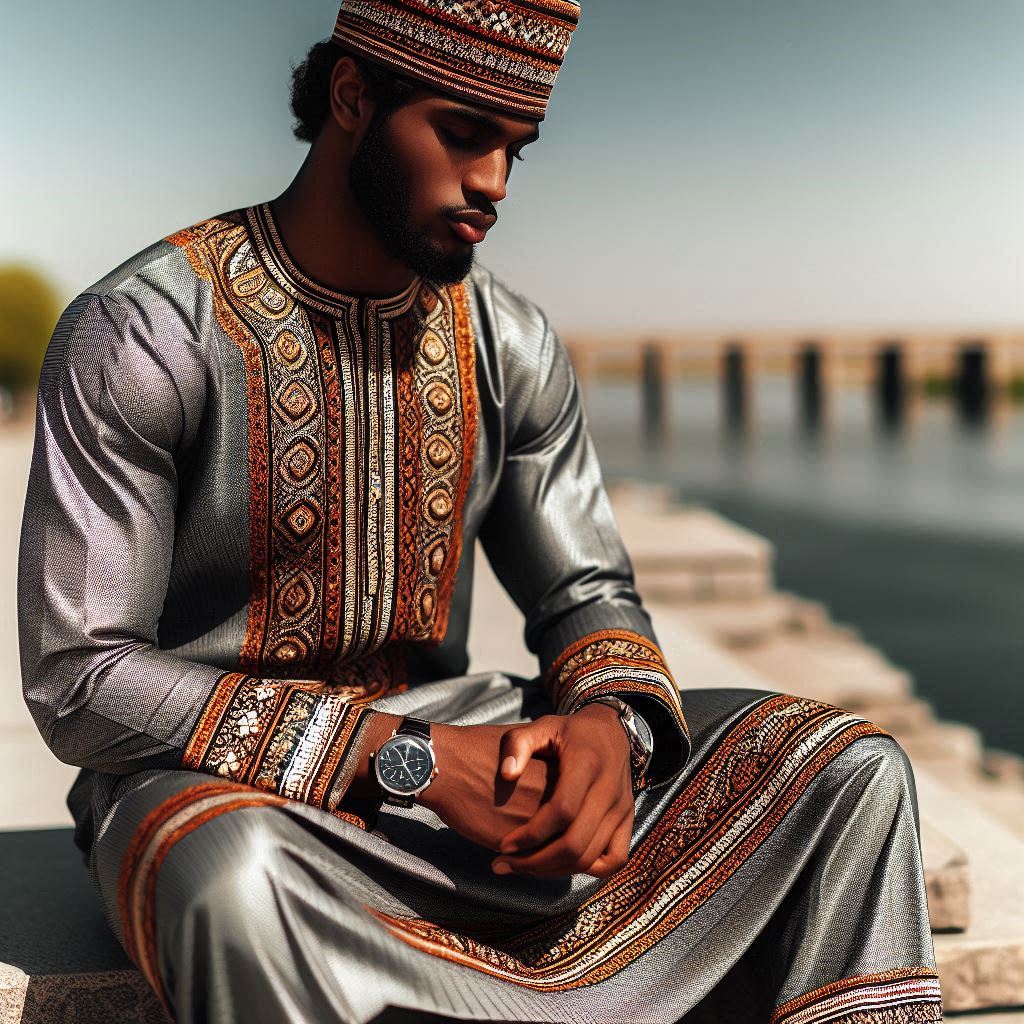
Hausa traditional attire for males is much more than just clothing—it’s a symbol of identity, heritage, and cultural pride. The traditional styles worn by Hausa men have been passed down through generations, embodying the history, craftsmanship, and cultural richness of the Hausa people. This distinctive attire not only showcases elegance but also reflects deep cultural values, religious beliefs, and social status within Hausa communities.
In this article, we’ll explore the variety of clothing styles unique to Hausa men, the occasions that call for different outfits, and the significance these pieces hold in Hausa society. Let’s dive deep into how each piece—from the iconic Babban Riga to the stylish Kaftan—contributes to the rich tapestry of Hausa heritage.
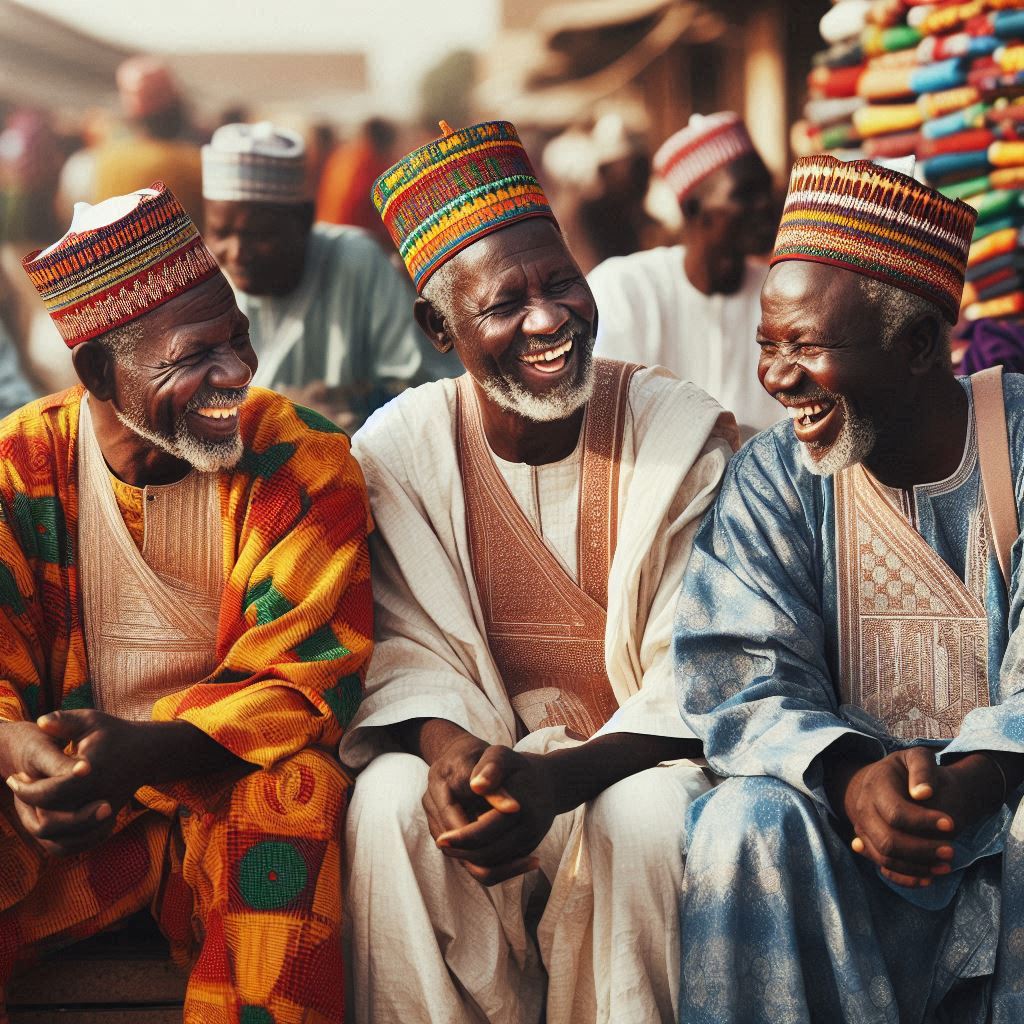
Overview Of Hausa Traditional Attire For Male
Hausa men’s attire is often elegant yet simple, with an emphasis on quality fabrics, subtle embroidery, and well-fitted garments. The most popular Hausa male attire pieces include:
- Babban Riga – Known for its grandeur, this flowing gown is often adorned with intricate embroidery.
- Kaftan – A long robe that is more fitted, offering a modern twist on tradition.
- Jalabiya – Lightweight and comfortable, perfect for daily wear.
- Hula – The Hausa traditional cap, intricately designed and proudly worn as a mark of identity.
Each of these styles is crafted with purpose, whether it’s for formal occasions, religious gatherings, or daily wear.
The Iconic Babban Riga: Symbol of Prestige and Honor
The Babban Riga is perhaps the most recognizable attire for Hausa men. Often reserved for important events, this long, flowing robe is both elegant and commanding in presence. With its roomy structure and ankle-length design, the Babban Riga is symbolic of honor and respect, typically worn by elders, dignitaries, and community leaders.
- Fabric and Design: Traditionally, the Babban Riga is made from high-quality materials like cotton or silk, chosen for their durability and comfort. Many versions feature intricate embroidery, particularly along the neckline, sleeves, and chest, which adds an unmistakable mark of craftsmanship.
- Occasions to Wear: The Babban Riga is commonly seen at weddings, religious ceremonies, and formal gatherings. It is an attire that conveys respect, making it a favorite for celebrating cultural or family milestones.
Kaftan: A Modern Touch to Hausa Tradition
While the Babban Riga is ceremonial, the Kaftan serves as a more versatile garment for Hausa men. This long, fitted robe has a simpler look, making it popular among younger men and those who prefer a less formal style.
- Style and Appeal: The Kaftan can be worn on both formal and semi-formal occasions, and it’s available in various colors, often with contrasting thread embroidery on the neckline and cuffs. For many, the Kaftan represents a balance between modern fashion and traditional values.
- Versatility in Attire: The Kaftan has gained widespread acceptance across Nigeria, not only within Hausa culture. Its popularity is driven by its adaptability—Hausa men can dress it up with a Hula or keep it casual for day-to-day activities.

Jalabiya: The Comfortable Everyday Attire
The Jalabiya offers a more casual alternative in Hausa attire. Known for its light and comfortable fabric, it’s ideal for hot climates and often worn as daily wear.
- Practicality and Comfort: Typically made from breathable fabrics like cotton or linen, the Jalabiya is designed for comfort, especially during Nigeria’s warmer seasons. While it’s usually simpler than other garments, it still carries the cultural significance of Hausa tradition.
- Cultural Significance: Even as a more relaxed garment, the Jalabiya holds a special place within Hausa communities, often associated with humility and modesty.

The Hula: More Than Just a Cap
No traditional Hausa outfit is complete without the Hula, a traditional cap known for its colorful embroidery and symbolic importance. Worn with almost any Hausa attire, the Hula is a mark of identity and social pride among Hausa men.
- Design and Craftsmanship: Each Hula cap is carefully crafted with unique patterns, showcasing skillful embroidery in bright colors. These caps are often handmade, with patterns that can be passed down through generations.
- Significance in Hausa Culture: The Hula isn’t just an accessory; it symbolizes a man’s status and is a source of cultural pride. Young boys often wear it as a rite of passage, while older men wear it to denote respect within their communities.
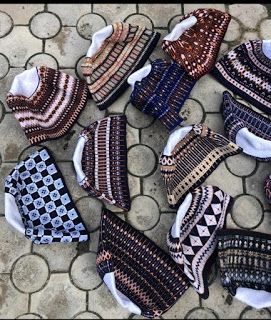
Occasions for Wearing Hausa Traditional Attire
The versatility of Hausa traditional attire allows it to be worn across a wide range of events and activities. From religious ceremonies to social gatherings, each garment has its own place:
- Religious Gatherings: During Islamic celebrations, Hausa men often wear the Babban Riga or Kaftan, paired with the Hula, to reflect their devotion.
- Weddings and Festivities: Weddings are a significant celebration in Hausa culture, where men are dressed in their finest Babban Riga and Kaftan to show respect and honor.
- Daily Life: For everyday use, garments like the Jalabiya offer practicality and comfort, with some men opting to wear a simpler Kaftan.
Each event underscores the symbolic meaning behind the attire, and Hausa men often select garments that not only match the occasion but also uphold tradition.
Influence of Hausa Attire in Modern Fashion
Hausa traditional attire has steadily influenced modern fashion trends, especially within Nigeria and across Africa. Designers are now blending Hausa embroidery and traditional silhouettes into contemporary styles, making Hausa attire an integral part of the African fashion scene.
- Modern-Day Adaptations: Today, you’ll find Kaftans and Babban Riga styles made with modern cuts and fabrics, appealing to younger generations and global audiences. This merging of styles has transformed Hausa attire into a symbol of cultural pride and modern elegance.
- Global Appeal: Fashion designers globally have begun incorporating elements of Hausa traditional attire in their collections, highlighting the cultural importance and aesthetic appeal of these timeless styles.
Caring for Hausa Traditional Attire
Given the craftsmanship and quality materials used, Hausa attire requires careful maintenance to retain its appearance over time.
- Cleaning: Always wash by hand or take items to a professional cleaner, especially those made from delicate fabrics like silk or intricately embroidered pieces.
- Storage: Store garments in a cool, dry place, ensuring they’re protected from humidity and pests. Folding and covering with cotton or breathable fabric helps maintain their structure.
Conclusion: Preserving the Rich Heritage of Hausa Men’s Attire
In essence, Hausa traditional attire for men represents more than clothing; it’s a living symbol of culture, heritage, and pride. From the grandeur of the Babban Riga to the functional Kaftan, each piece plays a unique role in expressing identity and preserving cultural values. This attire has not only remained relevant across generations but has also gained admiration worldwide, showcasing the elegance and depth of Hausa heritage.
Whether you’re a fashion enthusiast or simply curious about Hausa culture, exploring the nuances of these garments reveals the strength and beauty of cultural identity—a timeless influence that goes beyond borders.
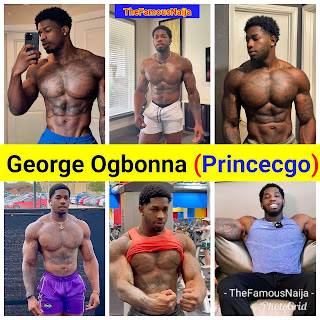
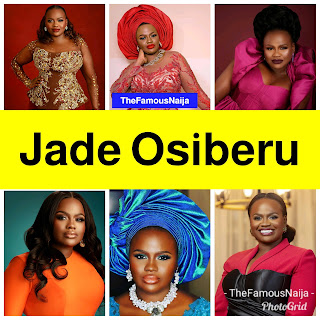
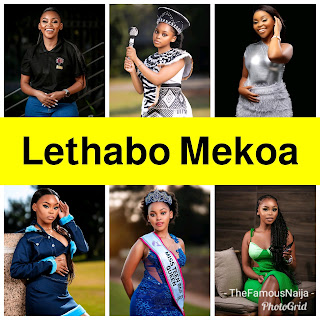


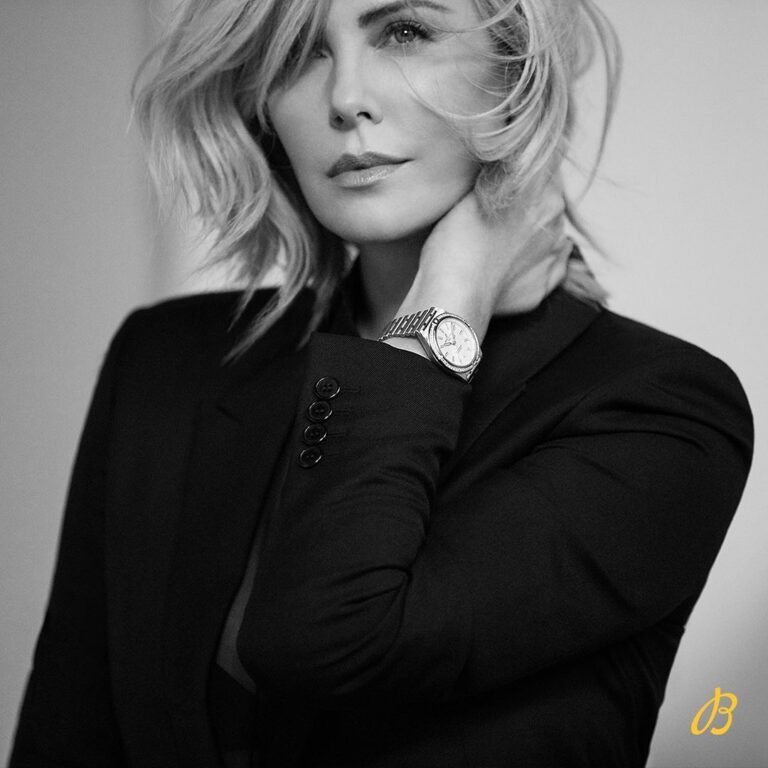
3 Comments